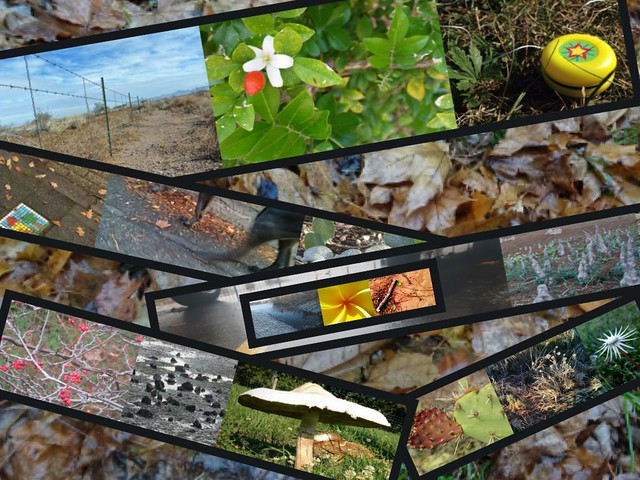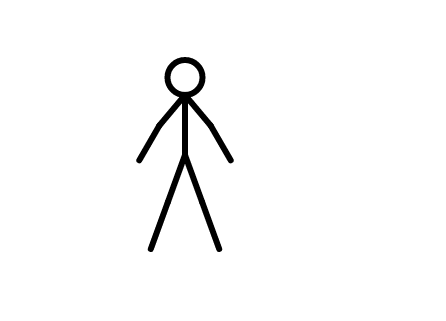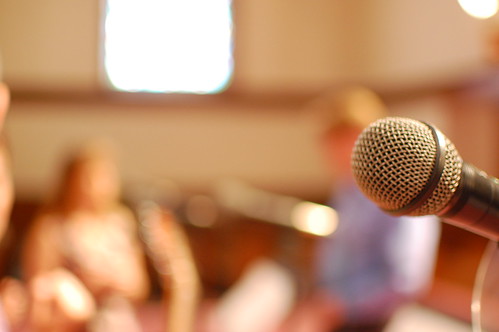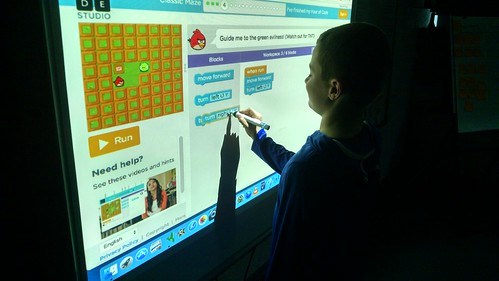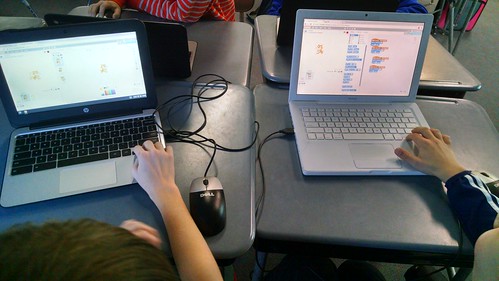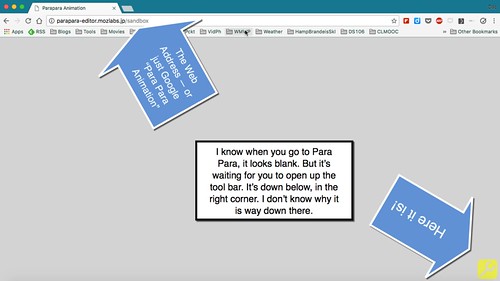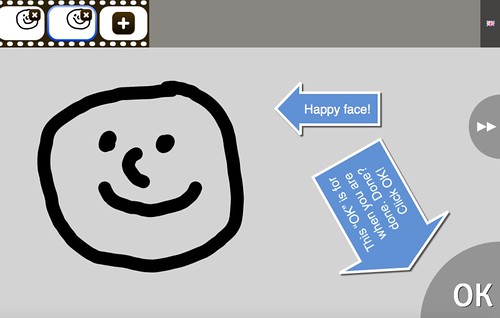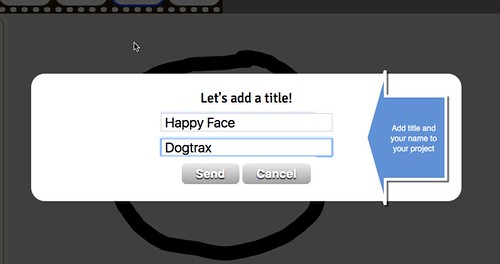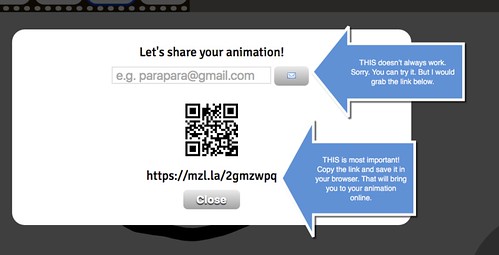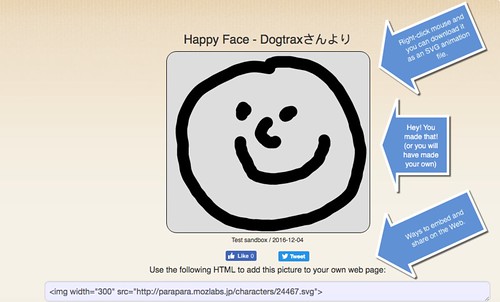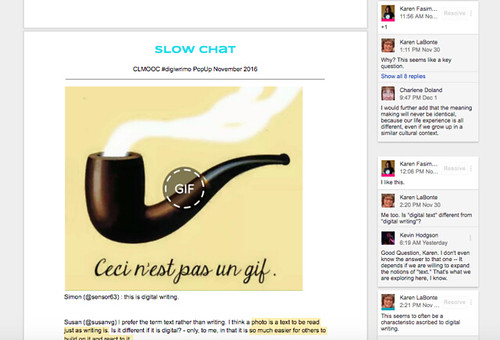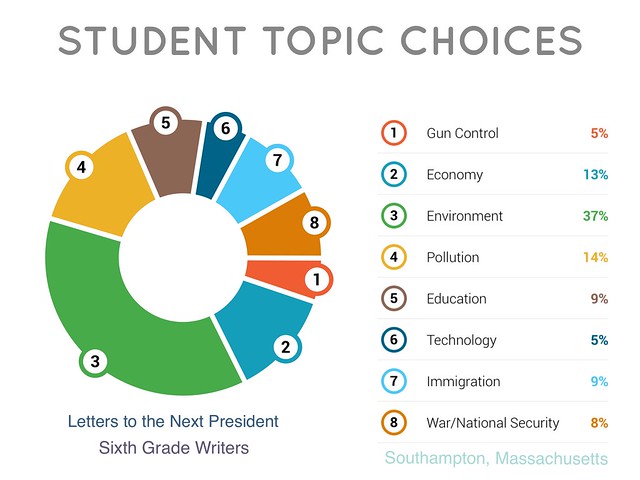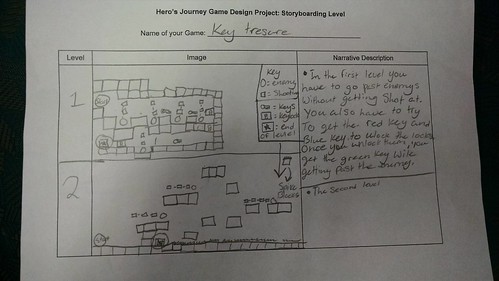
We’re in the early days of our Video Game Design Project, in which my sixth graders are learning how to use a narrative “story frame” to design and publish a video game via Gamestar Mechanic. As a writing teacher, my aim is to show how story can become the backbone of a video game, and how the reader “plays” the story that the game designer has written. It’s all about expanding the notions of Digital Writing, and how games are emerging as the place for inventive storytelling.
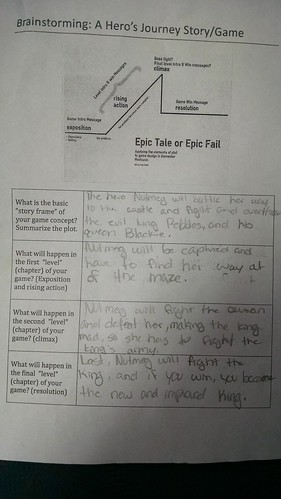
This week, students have been brainstorming their “story frames” and that work is done before they can start designing their games. I want them to have a “map” of where they are going before they starting designing with blocks and avatars and rewards and more. I am always pleasantly surprise by the detail of their brainstorming and their imagination.
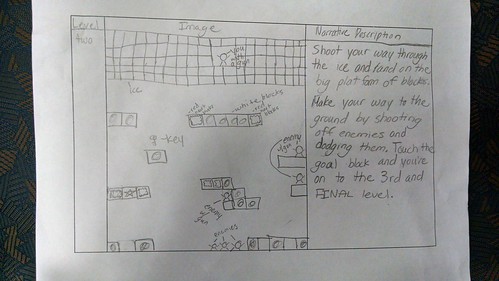
Our theme this year is “the Hero’s Journey/Quest” — a topic we have been building off since September (in the past, these games were all science-themed, but this year’s shift to Next Gen Standards for our science teacher created a bit of a problem for us, so we’ll try again next year).

We connect game design to writing process and we do a lot of writing in this unit, from Game Developer Reflections to writing persuasive Game Reviews (as podcasts) to using their “game worlds” as setting for short stories, and more. I aim to use their engagement in game design to spark their interest in writing across genres.
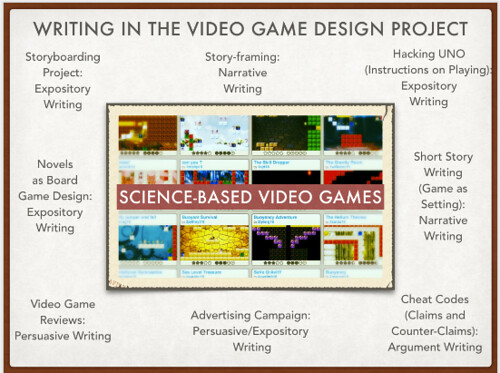
As a mentor text, I dissect my own game for them. My game – called The Odyssey of Tara — is a riff off The Odyssey, where our hero — Tara — has to make her way home, fighting monsters and battling obstacles along the way.
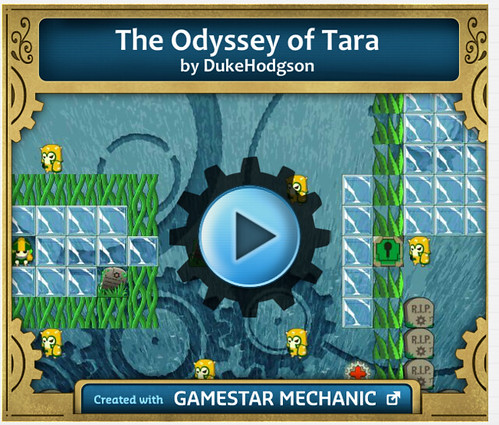
I’m looking forward to playing my students’ stories.
Peace (jump dodge run),
Kevin
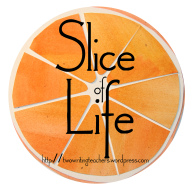 (This is a post for Slice of Life, a regular writing activity hosted by Two Writing Teachers. We write about the small moments. You are invited. Come write with us.)
(This is a post for Slice of Life, a regular writing activity hosted by Two Writing Teachers. We write about the small moments. You are invited. Come write with us.)